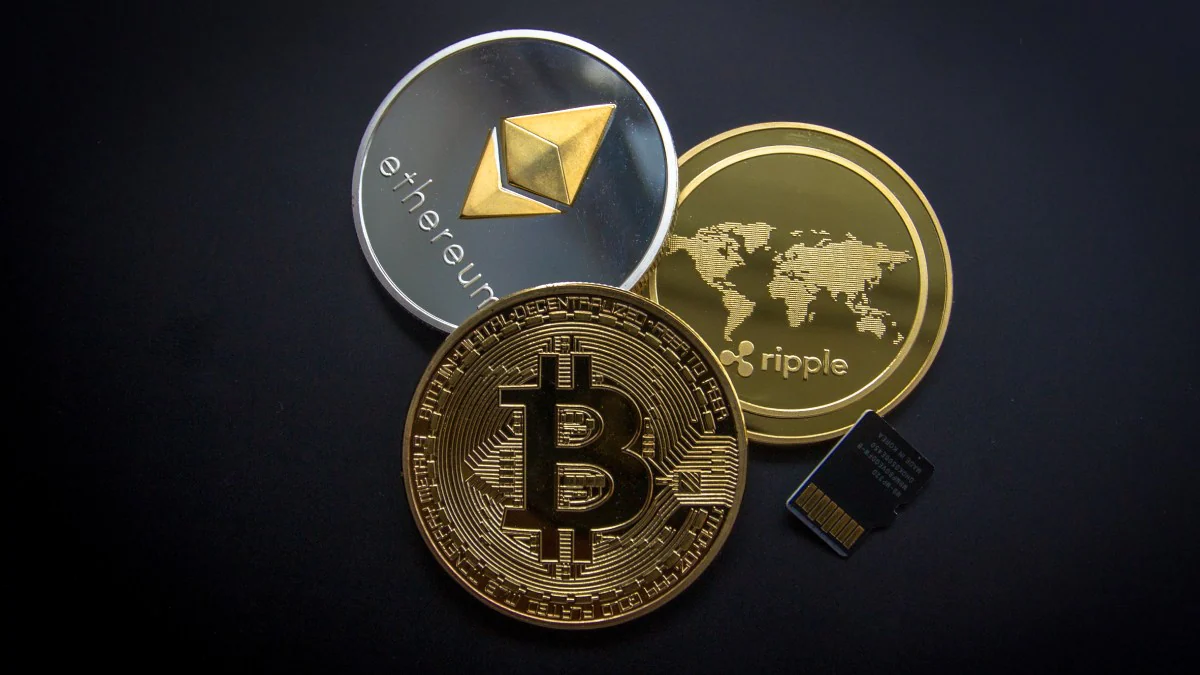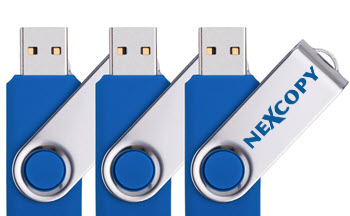TrueFi (TRU) is an Ethereum token that powers TrueFi, a decentralized financial system that lends without collateral using on-chain credit scores. TRU can be used for staking (approving or rejecting new loans) and governance on the TrueFi protocol.
TrueFi is a system that enables liquidity providers to establish high-APR interest-bearing pools. TrueFi rewards participants for maintaining steady, high APRs by using TrustTokens (TRU) as a utility and incentive system.
TRU is the TrueFi protocol’s native token, and it’s used for: TrustToken holders get the final say on who in the prediction market is a trustworthy borrower. TRU allows the account holder to rate other people’s credit. TRU credit scoring enables the development of a permissionless credit system based simply on incentives.
TRU investors have a vested interest in the creation of a new credit system.

Truefi, an uncollateralized loan marketplace, has raised $12.5 million from three major investors. The token sale was led by Blocktower, a cryptocurrency investment firm based in New York. Significant backers included Alameda Research, which is headed by Sam Bankman-Fried, the developer of FTX, and A16z. Truefi is one of the few uncollateralized Defi-based lending systems in the business.
What exactly is a TrustToken?
Two of TrustToken’s key solutions are TrueFi, a DeFi platform built on the Ethereum Blockchain that permits uncollateralized lending in the cryptocurrency market, and TrueFX, a stablecoin basket built on all five TrueCurrencies, including TUSD, TGBP, TAUD, TCAD, and THKD.
Throughout the talk, Rafael gave us more information about TrustToken and its parent firm. TrueFi, a DeFi protocol for uncollateralized financing, is “our main offering,” he said. It works in a similar way to Compound or Aave, except instead of requiring collateral, it performs true credit rating.
TrustToken has announced TrueFi, a platform for uncollateralized lending powered by the first-ever on-chain credit scores and managed by TRU token holders.
When TrueFi started on November 21st, 2020, it allowed (a) verified borrowers to seek loans denominated in TrueUSD (“TUSD”), (b) TRU Stakers to assess the reliability of loans, and (c) TrueUSD lenders to earn significant APY and TRU rewards on stablecoins loaned via the protocol.
While overcollateralized lending has been a key component of DeFi’s success, uncollateralized lending and the introduction of true credit ratings to cryptocurrency are widely regarded as the next significant step. Traditional unsecured lending is a $11 trillion global industry, but none of it has gone on-chain until TrueFi completed DeFi’s first uncollateralized loan in 2020.
Because uncollateralized lending allows lenders to earn higher long-term returns than secured lending and allows borrowers to optimize their capital efficiency, collateral-free lending will eventually exceed DeFi’s existing collateralized loan market.
TrueFi’s goal is to revolutionize the DeFi sector by introducing uncollateralized lending.
This allows bitcoin lenders to generate high long-term profits while simultaneously providing cryptocurrency borrowers with predictable loans that help them maximize their working capital.
Importantly, all loan and borrowing activity on TrueFi is completely transparent, allowing lenders to fully understand the borrowers and financial moves involved.

Risks of TrueFi & Uncollateralized Lending
- Uncollateralized loans attract borrowers who are willing to pay higher interest rates, but these larger profits are not without risk. When compared to collateralized lending, uncollateralized lending has two major risks: Increased risk of loss: Protocols that demand collateral is protected by that collateral in the event of a default. While this allows such platforms to approve loans without concern for collateral, uncollateralized loans need the borrower to have a far higher level of trust. An overdue borrower will have been examined for creditworthiness prior to the loan being issued, and failing to repay an uncollateralized loan will result in both reputational damage and legal action. Lenders may lose a portion or all of the loan’s value if such legal action fails to collect on the debt. You can learn more about TrueFi’s default process by visiting this page.
- Liquidity: While TrueFi V1 lenders occasionally encountered slippage when attempting to exit their positions in the lending pools, Liquid Exit was added in V2 to give a rapid, simple, and low-cost method of immediately withdrawing from all Lending Pools. By repurchasing the lenders’ loan tokens using the pool’s unused capital, the Lending Pool was able to accomplish this. In addition to ongoing support for Uniswap pools of TrueFi lending pool tokens, lenders can now exit their TrueFi holdings at any time and at the lowest feasible cost (tfUSDC, tfUSDT, and tfTUSD).
- TrueFi is making headway in reducing these hazards, even if the risk of loss in uncollateralized lending remains a genuine concern: While no investment is without risk, TrueFi continues to grow the pool of funds used to protect the assets lent to the platform, which is divided into two tranches:
1. Staked TRU (“stkTRU”), which currently provides lenders with +$3 million in default protection (up to 10 percent of all stkTRU can be liquidated in case of default)
2. In TrueFi V4, the Backstop (AKA “SAFU”) Fund will be introduced, which will provide an additional layer of protection against default losses, backed in part by the Company and in part by TrueFi protocol fees.
What Is TrueFi and How Does It Work?
Lenders put money into a TrueFi lending pool, which is used to fund new loans and pays the lenders interest and TRU. Any unused funds are passed through the Curve.fi protocol to maximize incentives.
After a rigorous review of their business, the execution of an enforceable loan agreement, and the approval of the TRU community, borrowers (currently reserved for institutions rather than retail borrowers) are whitelisted.
Borrowers submit a capital request with an interest rate and credit limit based on their credit score, which must be approved by the TRU community, with members voting “Yes” or “No” on each loan.
Stakeholders in TRU are encouraged to vote carefully on new loans because their staked TRU may be liquidated (at a maximum rate of 10% of staked TRU) in the case of failure to protect lenders.
On or before the conclusion of the term, the Borrower must repay the principal and interest. Delinquent borrowers will face legal action, according to the loan agreement signed during onboarding. You may learn more about defaults by visiting this page.
Thanks to the introduction of the TrueFi forum and Snapshot voting, TRU holders can now influence the future development of the TrueFi platform, including voting to change the above-mentioned mechanics.
Truefi has received $12.5 million in funding to expand its operations and product offerings. Truefi (TRU), the company’s native token, was purchased to acquire capital, which would be dispersed in stages. The token sale was organized by Blocktower, a bitcoin blockchain VC firm based in New York, with Alameda and A16z, two of the largest crypto investment firms, as participants.
After rigorous testing on defi with a system that mimics typical financial conditions, the technique was established. Traditional financing differs from defi loans, which require the initial deposit of collateral. Banks employ a credit score, which is based on the customer’s activity and the number of transactions, to assess whether or not to grant loans.
Truefi is attempting to emulate this behavior by allowing users to take out uncollateralized loans based on specified criteria. These characteristics will determine the credit score of each blockchain user. As a result of this, Trusttoken, the company behind the system and the creator of trueusd, a popular stablecoin, has already received more than $200 million in loan originations.
Fair Market Commitment and Progressive Decentralization
TrueFi will be based on a progressive decentralization model. TrueFi’s first efforts will be devoted to developing the protocol and spreading TRU to the protocol’s user and developer communities.
TrueFi plans to develop a market-driven, automated credit rating and lending approach in the long run.
Going above the reasonable minimum and maximum APY constraints, as well as a high TRU participation factor, will be required. It will also require increased user accountability, particularly when onboarding new clients who are not on the pre-approved whitelist and permitting new loan kinds.
Progressive decentralization will be aided in part by the issuing of TRU, which will be used to wager on individual loans at launch and could be used to influence major TrueFi decisions in the future, such as onboarding new consumers.
As part of a strategy for gradual decentralization, 39 percent of TRU has been donated to an incentive pool for platform participants including Lenders, TRU Stakers, and Liquidity Providers.
TRU is the TrueFi protocol’s native token, and it’s used for: TrustToken holders get the final say on who in the prediction market is a trustworthy borrower. TRU allows the account holder to rate other people’s credit.
TRU credit scoring enables the development of a permissionless credit system based simply on incentives. TRU investors have a vested interest in the creation of a new credit system.
For added protection, trust partners have direct control over the funds backing TrueUSD. For each token purchased, a redeemable USD certificate is issued and sent to the customer’s ETH wallet address.
TUSD is a great choice for cryptocurrency traders who don’t want to deal with Bitcoin or Ethereum right away. It is possible to rely on it to defend against market volatility.
Thank you for your interest in reading my essay. I hope you found it both interesting and informative. Please tell your friends and family about this, and let me know what you think in the comments section below.












